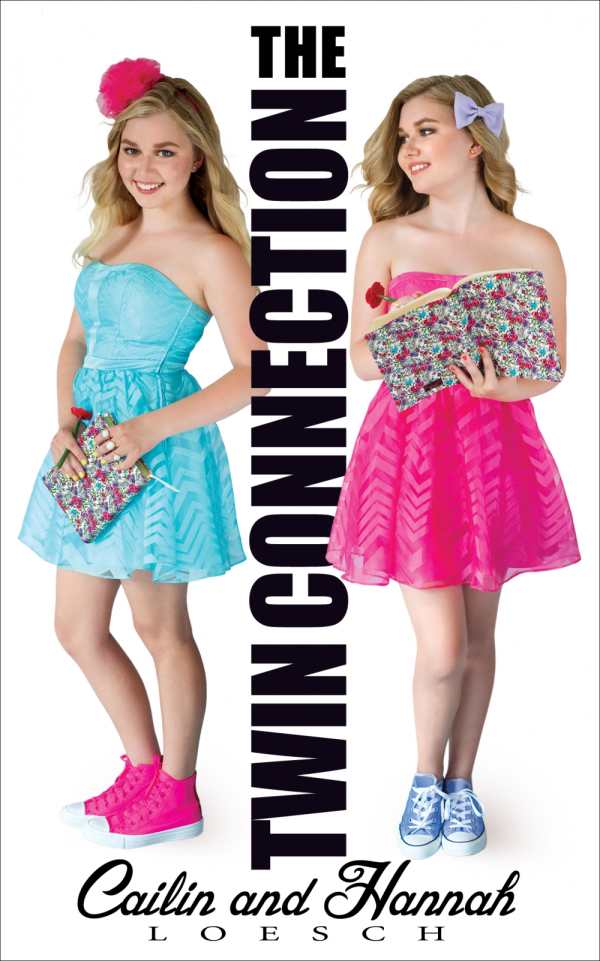The Twin Connection
The Loesch sisters want others to understand that twins, though separate people, often lead very codependent lives that are still fulfilling and fun.
According to The Twins Foundation, 4.5 million twins live in America, accounting for two percent of the overall population. Many memoirs have been written about the secret lives of twins, and the most recent addition to that group is The Twin Connection by seventeen-year-old identical twins Cailin and Hannah Loesch. The book aims to demystify the intrigue surrounding life as twins.
The pages are color-coded to indicate which twin is writing: pink and red for Hannah, purple and blue for Cailin. The alternation between writers is not as jarring as it sounds—both girls have a similar narrative voice; as a result, it’s easy to confuse which twin is writing. Still, the premise is that the girls are inseparable and feel incomplete when apart, so the intertwined narrative serves to illustrate this point. The color-coding is meant to help keep the girls’ identities unique, but instead, the colors serve simply as a pretty backdrop to the text.
The Loesch twins have been quite busy despite being barely out of high school. In addition to writing this guide to twindom, the girls work as entertainment journalists, covering red carpets and interviewing Hollywood celebrities. They are also correspondents for the Emmy-award-winning Teen Kids News. Both girls bring their experience to this lighthearted memoir.
Since the girls are only seventeen, Cailin and Hannah mostly share stories from their childhood, from infancy to auditioning for commercials. What this book demonstrates is not that the authors have led a particularly privileged or unusual childhood, but that they have had the same sort of life experiences shared by most children—taking standardized tests, auditioning for talent shows, and participating in poetry slams—albeit alongside an identical sister.
At times, the peppy tone turns a bit saccharine, and the book becomes something of a public diary, but without major pitfalls or teachable moments. The girls glide through life, and though there are occasions of modest concern, such as when they are prohibited from working together in German class or when they place a crank call, there is nothing terribly deep here. The last chapter, “Together…In Spirit,” touches (again, lightly) on how the girls will deal with growing up and spending less time together. They repeat how much they love to write and to read; it would be inspirational for the girls to discuss great books they’ve read and how those stories impacted their lives.
In their earnest, upbeat manner, the girls want readers to understand that twins, though separate people, often lead very codependent lives that are still fulfilling and fun. The Loesch sisters have achieved great success already, and they will likely see more accolades head their way.
Reviewed by
Barbara Nickles
Disclosure: This article is not an endorsement, but a review. The publisher of this book provided free copies of the book and paid a small fee to have their book reviewed by a professional reviewer. Foreword Reviews and Clarion Reviews make no guarantee that the publisher will receive a positive review. Foreword Magazine, Inc. is disclosing this in accordance with the Federal Trade Commission’s 16 CFR, Part 255.

